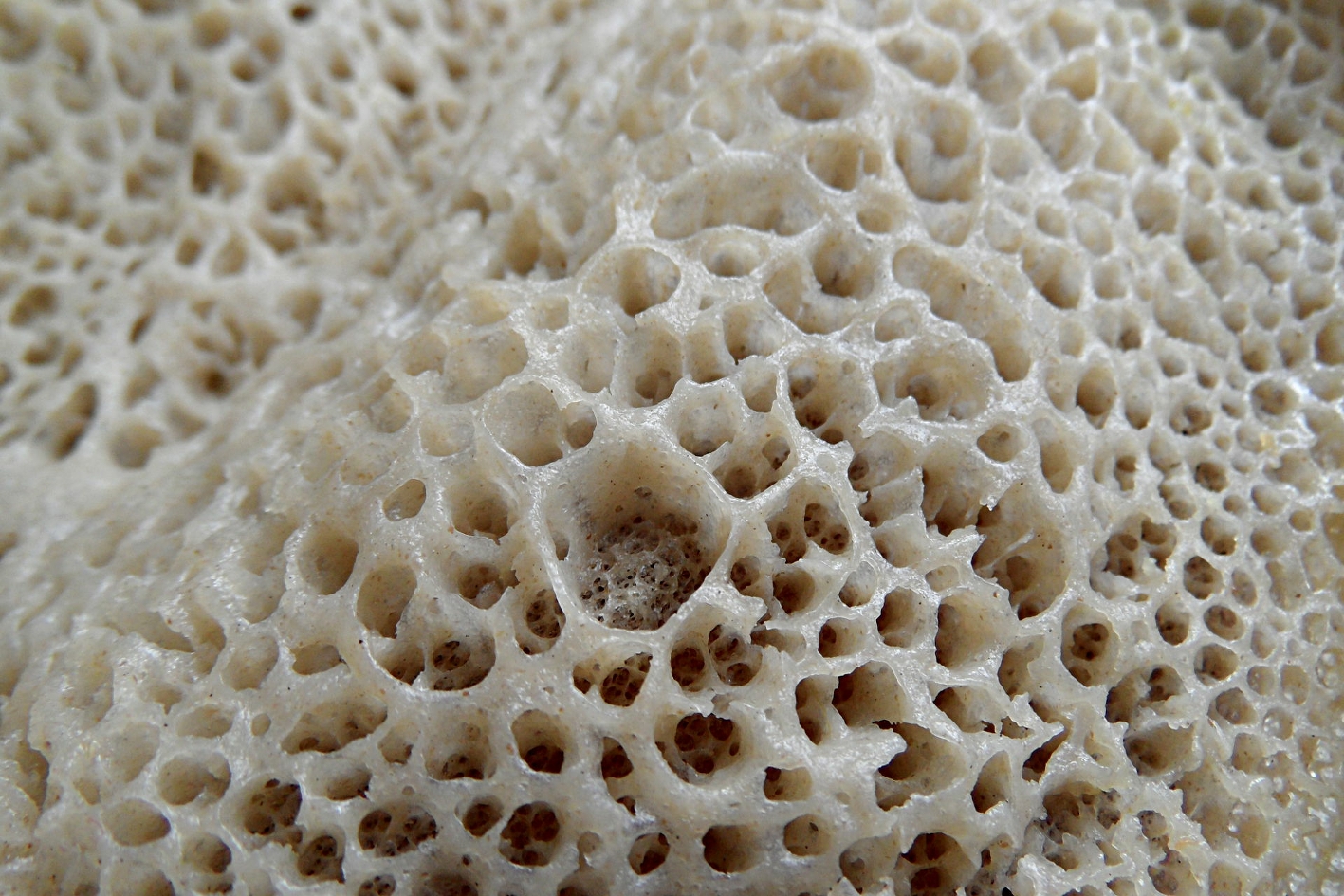
Staple food and a cultural symbol
" Injera is the foundation of every meal in Ethiopia and Eritrea "
Injera, a traditional flatbread, is the cornerstone of Ethiopian and Eritrean cuisine. This spongy, sourdough-like bread is not just a staple food but is also a cultural symbol. It embodies rich culinary traditions and communal eating practices of the ‘Horn of Africa’. Unique texture, taste, and versatility make it an essential component of the diverse, flavourful dishes that define the region’s cuisine.
Injera is made primarily from teff, an ancient grain native to Ethiopia and Eritrea. Teff is a tiny, gluten-free grain. It comes in a variety of colours, ranging from ivory to deep brown. Rich in nutrients, particularly iron, calcium, and protein, teff is often hailed as a superfood. High nutritional value together with its adaptability, makes it a key ingredient in the diets of people in the region.
Making injera begins with fermenting the teff flour. It’s mixed with water and left to ferment for two to three days which gives injera its characteristic tangy flavour. The batter is then poured onto a large, flat, circular griddle called a mitad. As it cooks, the injera forms a network of tiny holes on its surface, known as “eyes.” Perfect for soaking up sauces and stews. The final product is a soft, spongy bread with a slightly sour taste, usually served in large, round pieces.
Injera is the foundation of every meal in Ethiopia and Eritrea. It’s a key to understanding the region’s culinary identity. Typically, injera is used as both a plate and a utensil. Various dishes, such as doro wat (spicy chicken stew), kitfo (minced raw beef), and lentil-based dishes like misir wat, are served on top of a large piece of injera. Diners tear off pieces of the injera and use it to scoop up the different stews and salads, making it an integral part of the eating experience.
The communal nature of eating injera highlights its cultural importance. Meals are often shared from a single large plate, symbolizing unity and togetherness. Sharing a meal of injera is not just about eating, it’s about building bonds and fostering community. The act of feeding someone a piece of injera, called gursha, is a gesture of affection and respect.
Recently injera has gained popularity beyond the borders of Ethiopia and Eritrea, thanks to the growing global appreciation for their cuisines. Ethiopian and Eritrean restaurants around the world serve injera, introducing this unique bread to new audiences. Its gluten-free nature makes it appealing to those with dietary restrictions, further contributing to its international popularity.
Injera is more than just a food item. It’s a symbol of the rich cultural heritage of Ethiopia and Eritrea. Different taste, texture and versatility make it a beloved staple in the region. Injera’s significance extends beyond the plate to the heart of communal and familial relationships. Whether enjoyed in the bustling cities of Addis Ababa and Asmara or in Ethiopian and Eritrean communities around the world, injera continues to be a cherished and essential part of life.
Prepared by a Chaîne News Online Staff Writer
Researched from various sources. E&OE
Gastronomy: a rich culinary heritage and world-class flavours